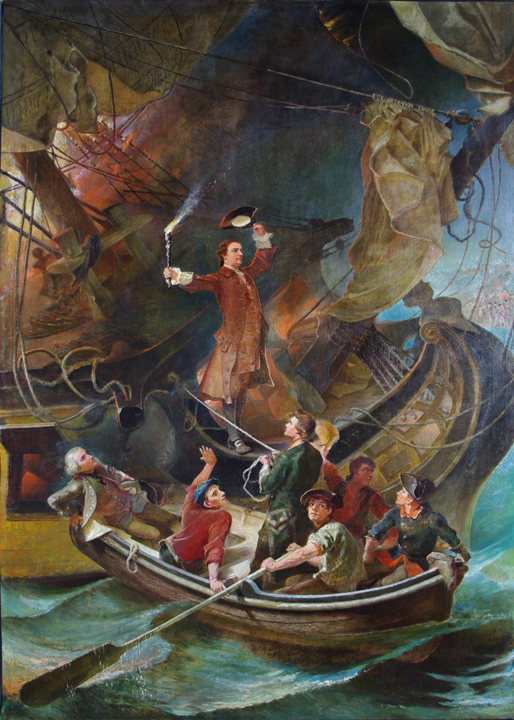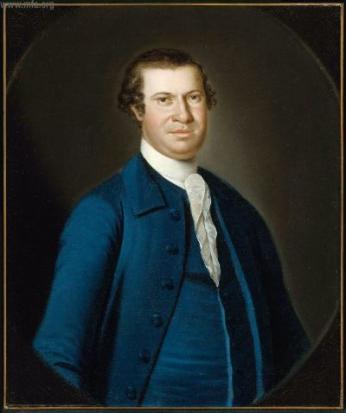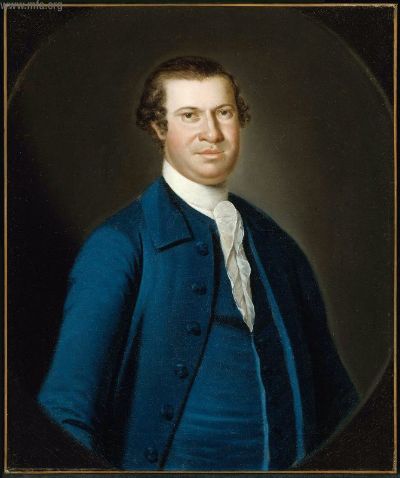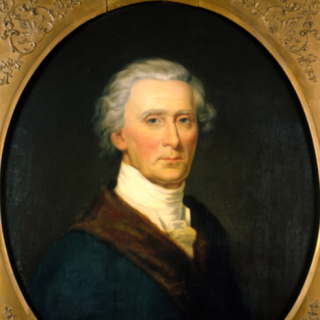The Annapolis Tea Party of 1774
Over 200 years after it happened, the Boston Tea Party remains one of the most popular images of the Revolutionary period. That’s no surprise. After all, there’s a certain romanticism to the story of costumed colonists dumping crates of valuable tea into Boston Harbor. But, while the Boston protest remains the most famous demonstration against the British taxation measures, it was not the only one. There were incidents throughout the colonies and one of the most dramatic played out in our own backyard — Annapolis, Maryland — in 1774.
The series of tea protests was the result of several acts that the English Parliament had passed to levy heavy taxes on English goods exported to the American colonies in order to raise revenue. The colonists were frustrated that taxes were being passed on imports without any consultation with their colonial legislatures. The Stamp Act was the first of the tax acts, but it was repealed in 1766 after the first wave of wide-spread protest. The Tea Act was subsequently passed by Parliament in 1773, and had the two-fold goal of reducing the huge tea surplus of the struggling East India Company while undercutting the black market for tea smuggled into the colonies duty-free.
Like other colonial groups in 1773, the people of Annapolis had enacted a ban on tea and other goods that carried the import tax. On October 14, 1774 the Peggy Stewart docked in the Annapolis port. The brig was owned by a Maryland shipping company under James Dick and his son-in-law, Anthony Stewart, and was carrying a cargo of indentured servants and tea. When Stewart arrived to greet his returning ship, he discovered that many of the servants were quite sick, and that the ship itself had been damaged on her late season Atlantic crossing. Sending the ship back to England was not an option, since the damages already sustained and the autumn storms on the Atlantic made such a journey extremely dangerous for the cargo and the passengers. In order to release any of the cargo Stewart had to pay the duties on the tea, which he duly did in order to get the sickly servants out of the harbor.[1]
That's when the trouble started. Neither the county committee nor the public took kindly to the news of a merchant paying the import duty. Pamphlets and handbills were printed making the case against Stewart and Thomas C. Williams & Co., the company that had arranged for the tea shipment. Some activists started to murmur about the possibility of an "Annapolis Tea Party" and others favored tarring and feathering both Stewart and the merchants, Joseph and James Williams.
In an effort to quell the outrage, Joseph and James Williams immediately wrote to the Committee for Anne-Arundel County in apology stating that they had “great hopes that the tea would not have been shipped”[2] and Anthony Stewart distributed his own apology by pamphlet. But the zealots around Annapolis were not satisfied. Then an agreement was reached that the tea would be burned but the ship would be spared. The Williams brothers and Stewart signed more letters of apology. Still, that was not good enough for some.
A certain Dr. Charles A. Warfield, known for his oratory skills, passionately called for the entire ship — not just the tea on board — to be burned. In an obituary published in 1813 upon his death, it was also alleged that Dr. Warfield led a mob that constructed a gallows in front of Stewart’s house in order to intimidate the ship owner into capitulating.[3]) Fearing for the safety of their families, James Dick and Stewart (whose wife was sick and bed-ridden at the time) acquiesced.
On October 19, Stewart and the Williams brothers were loaded onto a boat and forced to move the ship out to Windmill Point. Then, with her sails up and the British flag flying, the brig Peggy Stewart was run aground and the ship, along with her remaining cargo, was put to the torch. The Maryland Gazette estimated the next day that 2,320 pounds of “that detestable weed” had been burned along with the ship.[4]
As a result of the incident, James Dick was ruined financially, and spent the rest of his days holed up in his home, known around town as "The Old Tory." Stewart was so widely notorious that he fled the colonies and petitioned the British government for repayment of damages for his lost ship and cargo. He was given a yearly pension and later returned to America, leading a Loyalist group in New York. In an interesting twist to the story, the Annapolis house at 207 Hanover Street where Stewart lived was later owned by Thomas Stone, one of Maryland’s delegates at the 1776 Continental Congress and a signer of the Declaration of Independence.
Footnotes
- ^ “Annapolis’s ‘Tea Party’: The Burning of the Peggy Stewart and Part of Her Cargo” The New York Times, November 19, 1892.
- ^ Letters from Williams & Co. in the Maryland Gazette, from the Maryland State Archives. October 27, 1774, pp. 2-3. www.msa.md.gov/megafile/speccol/sc4800/001282/html/m1282-0717.html
- ^ “Departed This Life, January 29, 1813” from the Baltimore Patriot. Accessed October 15, 2012 at www.snowden-warfield.com/Annapolis/Annapolis-TheStory.htm
- ^ Report in the Maryland Gazette, from the Maryland State Archives. October 20, 1774, p. 2. at www.msa.md.gov/megafile/msa/speccol/sc4800/sc4872/001282/html/m1282-0713.html










![Sketch of the mythical fuan by Pearson Scott Foresman. [Source: Wikipedia]](/sites/default/files/styles/crop_320x320/public/2023-10/Goatman_Wikipedia_Faun_2_%28PSF%29.png?h=64a074ff&itok=C9Qh-PE1)












